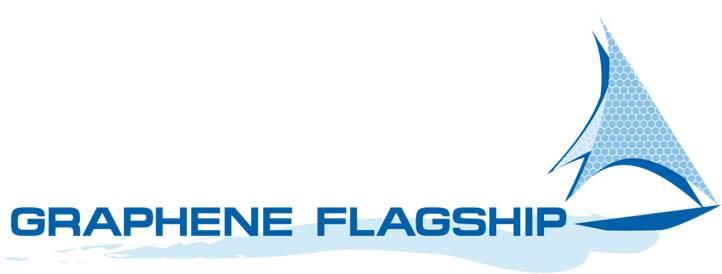Research
Plasmonic nanocomposites for solar harvesting

Study and utilization of metallic nanoparticles in solar harvesting applications. When metallic nanoparticles
are illuminated by electromagnetic waves, their free electrons oscillate in response to the electric field.
At the right frequency this oscillation is driven into resonance (Surface Plasmon Resonance), exhibiting
huge polarization fields on the nanoparticle surface. These fields induce strong light scattering and
promote photo-electrical processes (e.g. fluorescence, Raman scattering, light absorption). In addition,
these fields are very sensitive to the metal type as well as the nanoparticle shape, size and dielectric
environment, allowing great flexibility in designing applications. Metallic nanoparticles are in the heart
on nanotechnology, with applications in medicine, energy and photonics. In this project we use the properties
of the metallic nanoparticles to improve and optimize the performance of: 1) photovoltaic cells, through
a) enhancing the semiconductor absorption, and b) solar spectrum conversion for better utilization of all
available photons, 2) solar collectors, through designing a nanostructured metallodielctric coating
exhibiting total absorption to the solar spectrum and minimal losses from thermal re-radiation.
 Project funded from:
Project funded from:
HERAKLEITOS II (2011-2014)
co-financed by the European Union (ESF) and Greek national funds (NSRF)
Principal Investigator: E. Lidorikis
 FP7 NMP.2012.1.4-1: Smartonics (2013-2017)
FP7 NMP.2012.1.4-1: Smartonics (2013-2017)
Principal Investigator: Aristotle University of Thessaloniki
UOI coordinator: E. Lidorikis
Optical properties and applications of carbon-based materials

Carbon nanotubes (CNTs), and more recently graphene, have been at the center of nanotechology research,
with the search for new technologies based on their mechanical and electrical properties ever increasing.
Graphene, a two-dimensional honeycomb lattice of carbon atoms, can be thought of as the "building block"
of other carbon allotropes: it can be "wrapped" into fullerenes, "rolled" into CNTs or "stacked up" into
graphite, with many of their properties deriving from graphene. In this project we study different aspects
of the photonic response and applications of graphene and CNTs. We have developed a theoretical
understanding for graphene's enhanced visibility on certain substrates, as well as interference-enhanced
(IERS) and surface-enhanced Raman scattering (SERS) phenomena in graphene. We have investigated the
photonic properties of two-dimensional CNT arrays for photon energies up to 40eV and unveiled the
physics of two distinct applications, namely deep-UV photonic crystals and total visible absorbers.
We study graphene's optical absorption, and design graphene and hybrid graphene/plasmonic optical
detectors and photovoltaic systems.

Project is part of the Graphene Flagship
UOI coordinator: E. Lidorikis